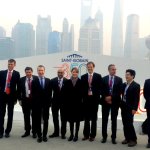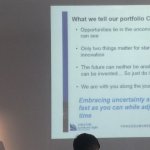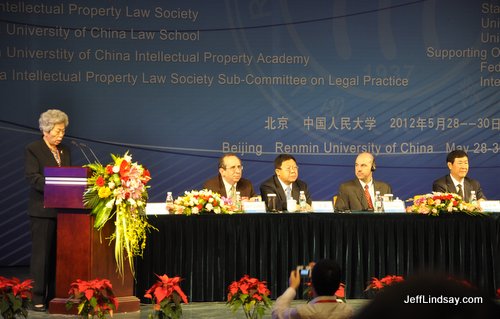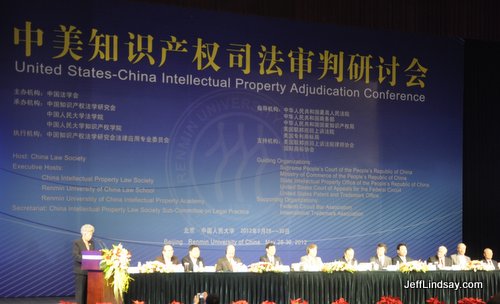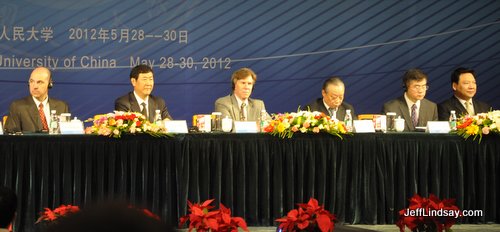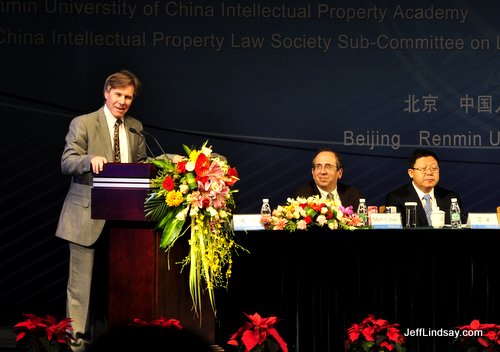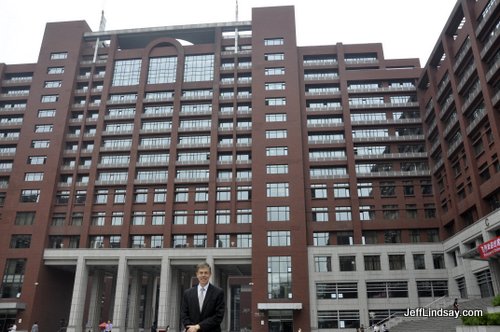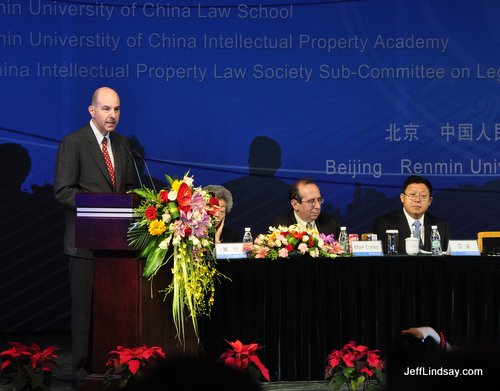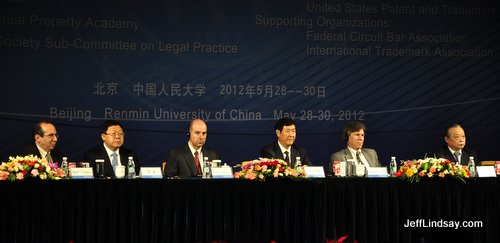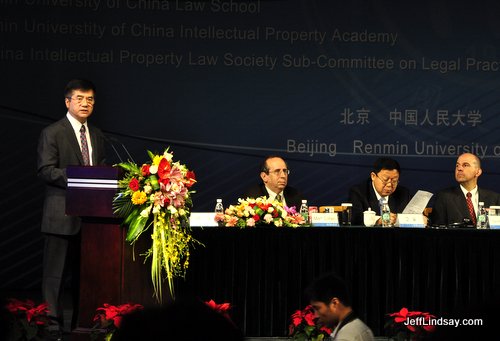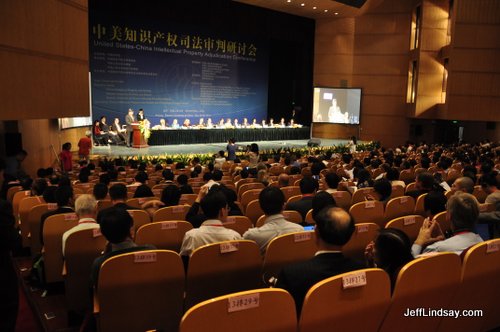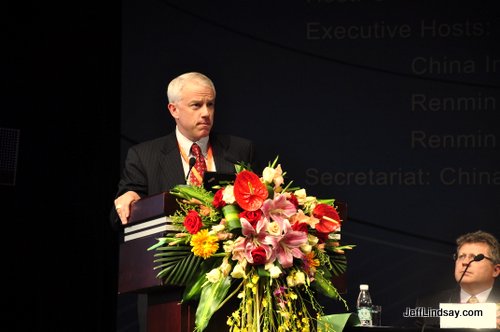The Paper Industry International Hall of Fame to Recognize China’s Answer to Gutenberg, Wang Zhen
On October 15, 2015, Appleton, Wisconsin’s Paper Industry International Hall of Fame will be inducting six new figures into the hall of fame. One of them is a historical figure from China who can be considered China’s answer to Gutenberg. Gutenberg is frequently cited in the West as one of the most important inventors of all time for giving us the world’s first book printed with movable type, a remarkable achievement from around 1455. As with many inventions long thought to have had European origins, there’s a touch of Eastern flavor in this one, for Gutenberg’s Bible came 142 years after the world’s first mass-produced printed book made with movable type, the large Book of Farming (Nong Shu) from China, printed in 1313 by Wang Zhen.
Wang Zhen was a Chinese official who recognized that vast amounts of agricultural technology scattered across China needed to be preserved to help all of China reduce famine and be more productive. He took a Chinese invention, movable type, and improved upon it to make a practical way to print an entire book. He used carved wooden blocks for each character, and developed a sophisticated way of arranging them on two rotating tables to allow typesetters to quickly find needed characters to place them in his press. The Nong Shu was printed and preserved many notable inventions in China, including an early form of a blast furnace driven with a reciprocating piston attached to water works, something long that to be a later European invention.
Recognizing Wang Zhen for his important role in the advance of printing is a fitting step for the Hall of Fame, and I look forward to many more Asian inventors, scientists, and business leaders being recognized in the Hall of Fame in future years. The historical contributions of China in numerous fields have received far too little attention, and I’m delighted to see folks in Appleton taking the lead in rectifying this problem. Kudos to the Paper Industry International Hall of Fame!














